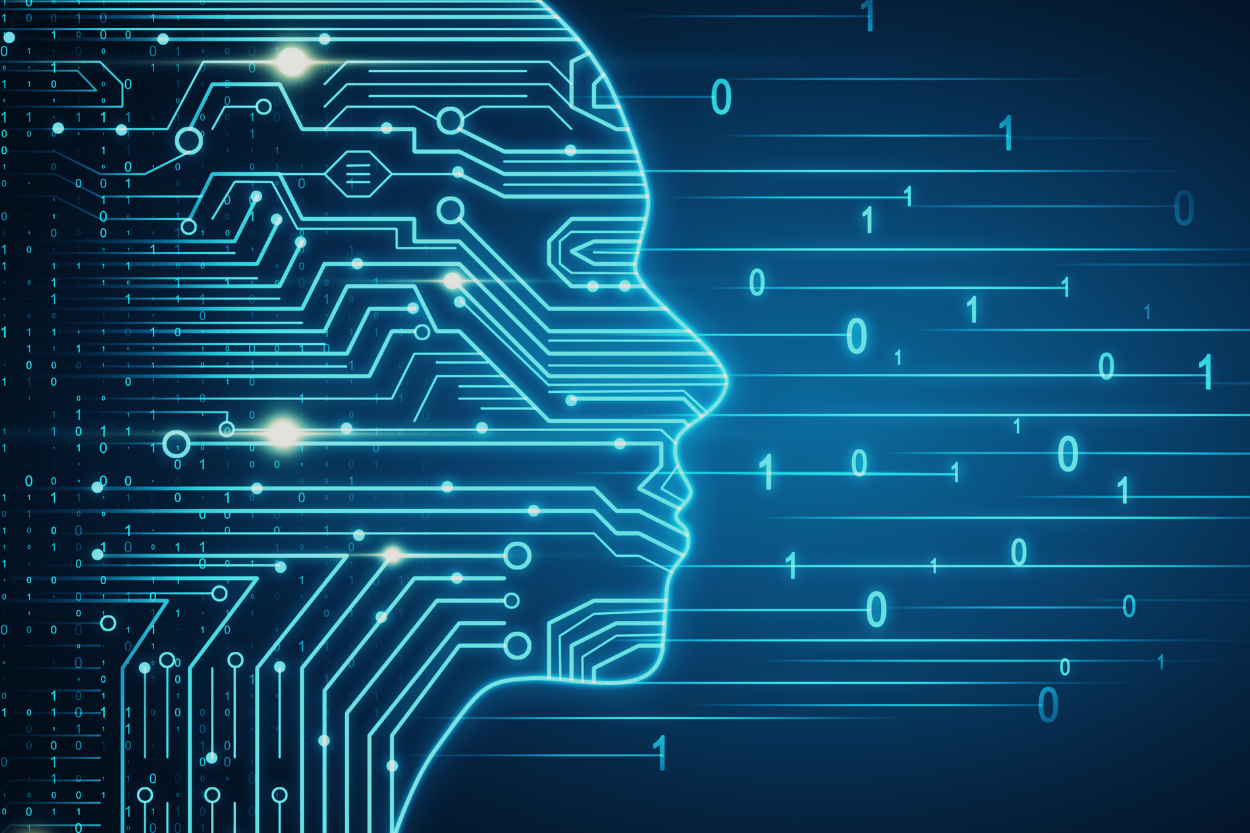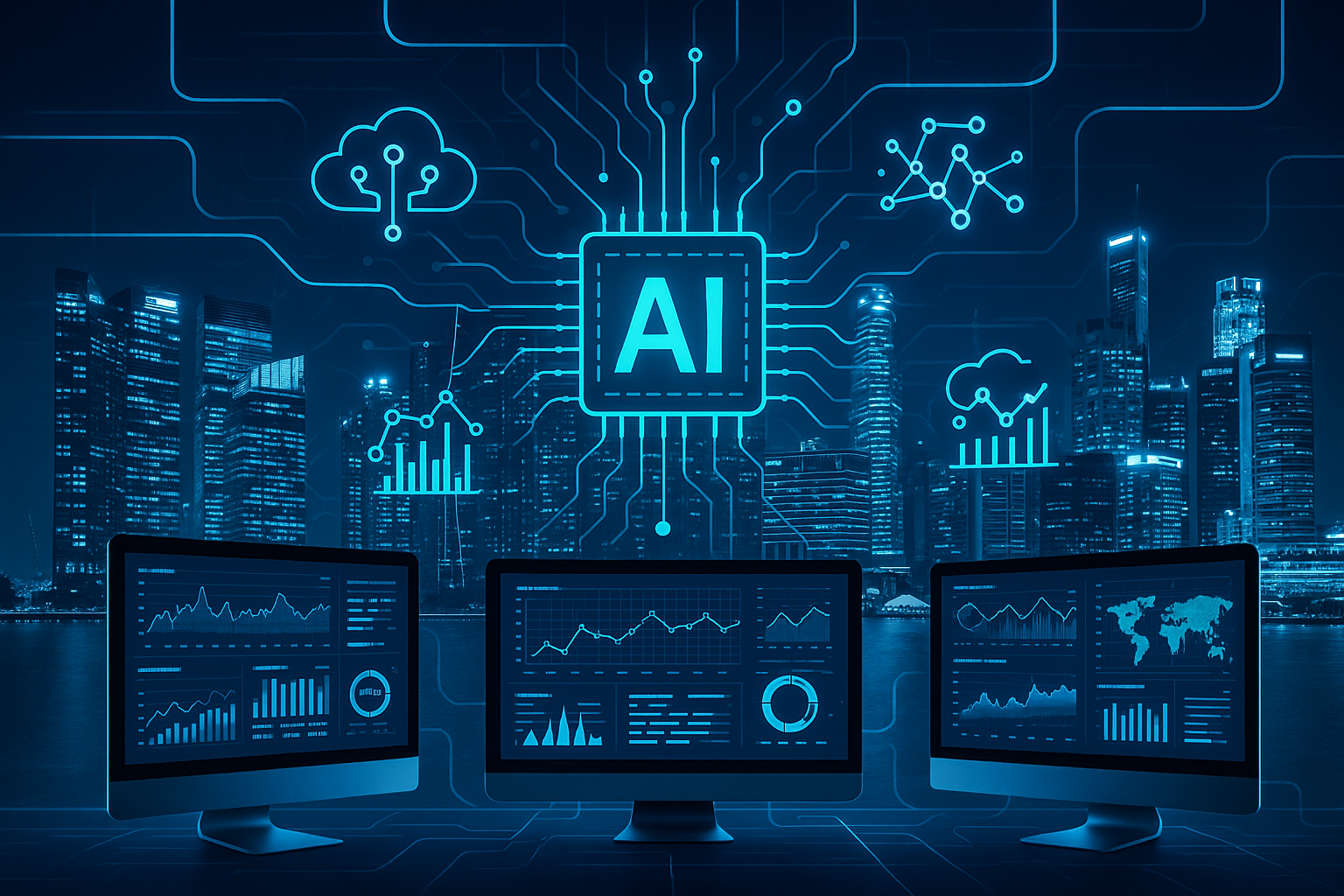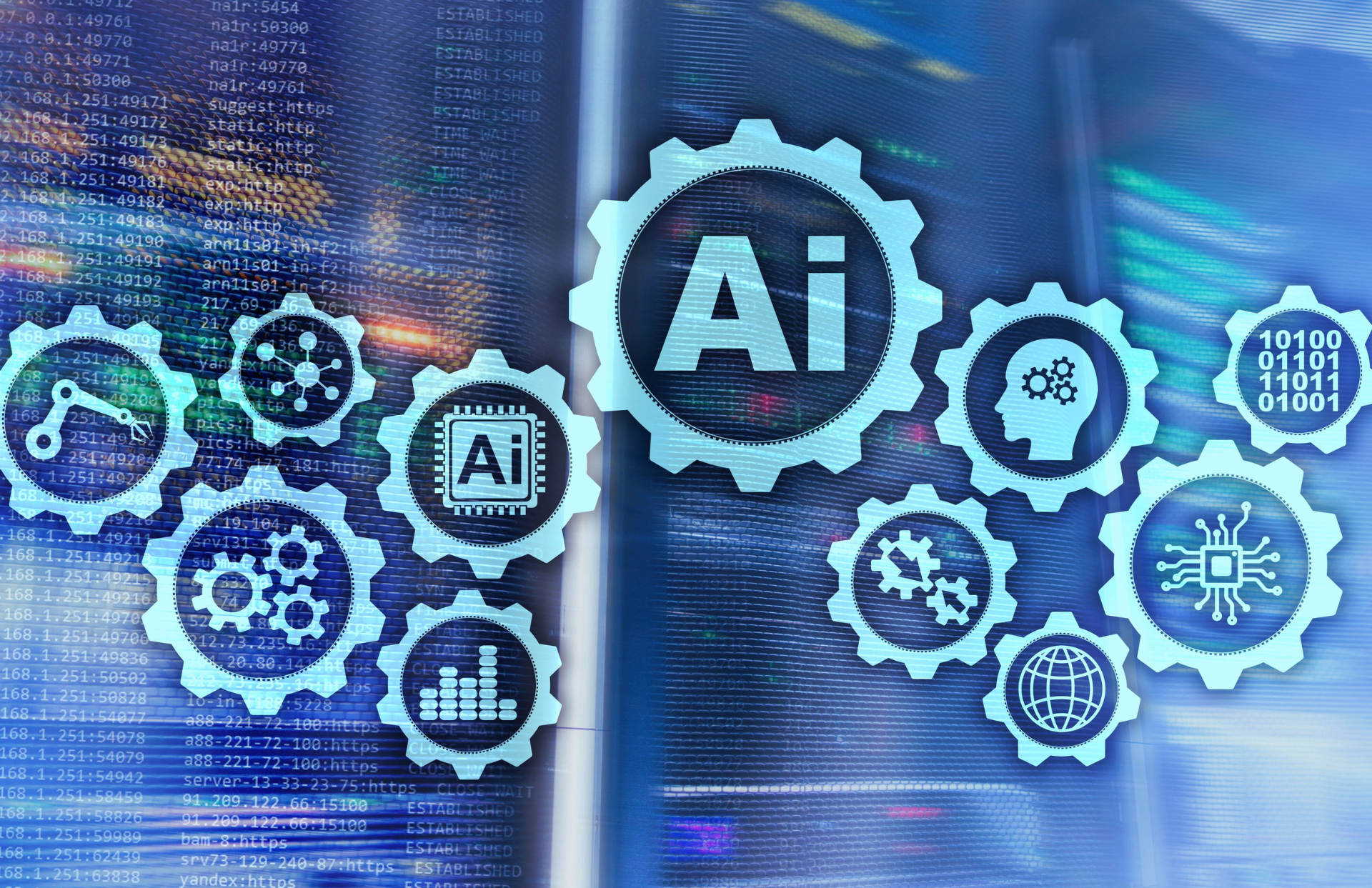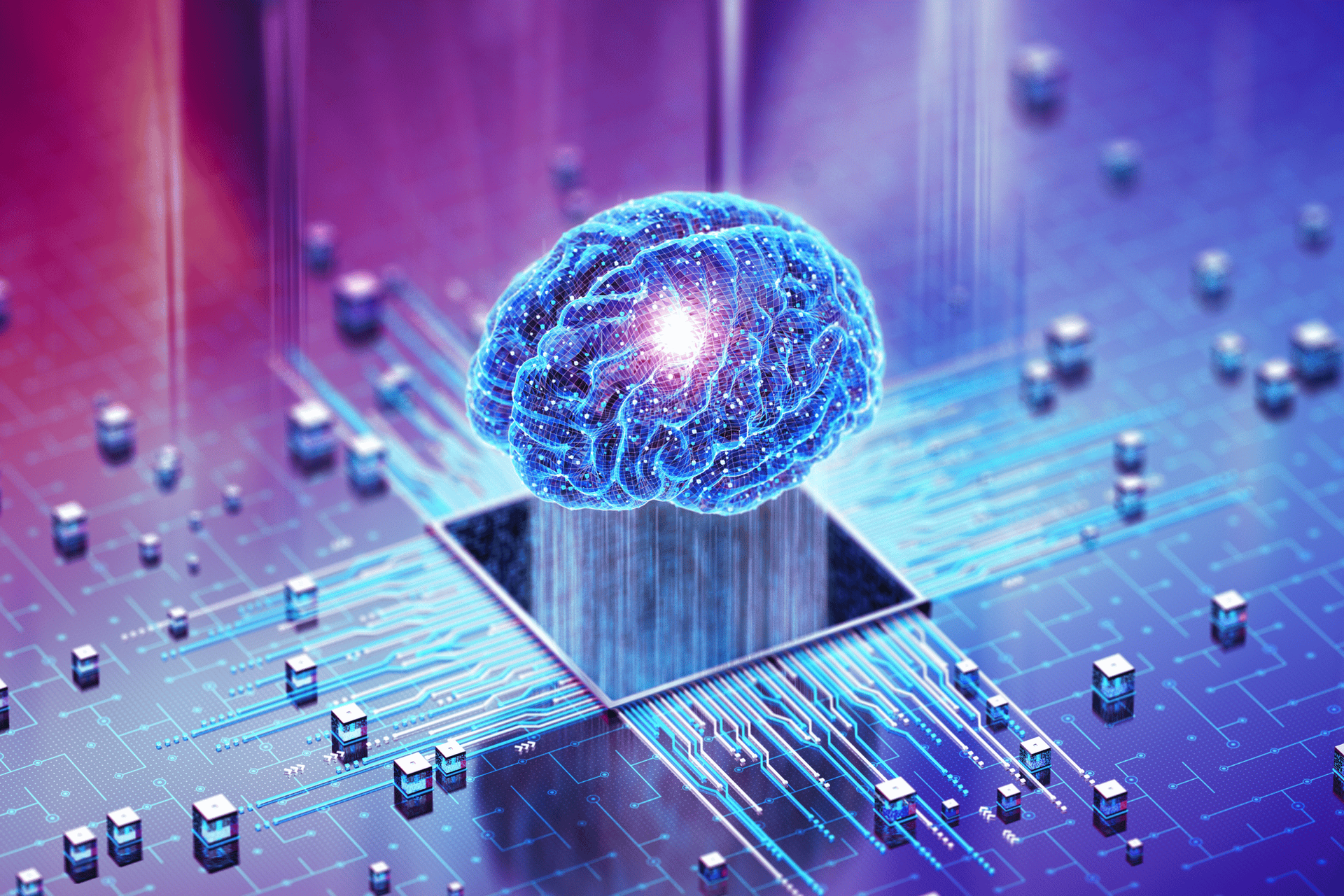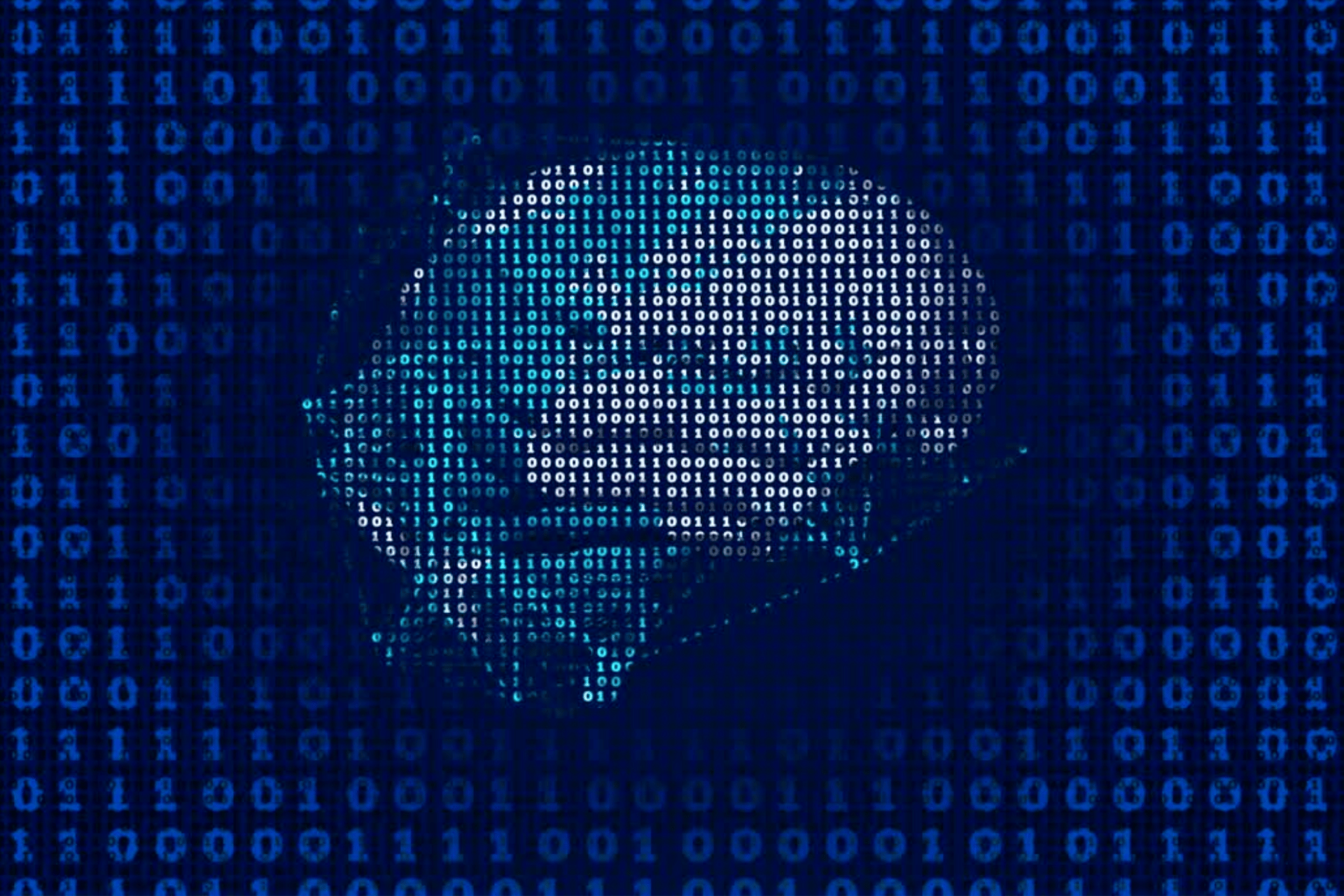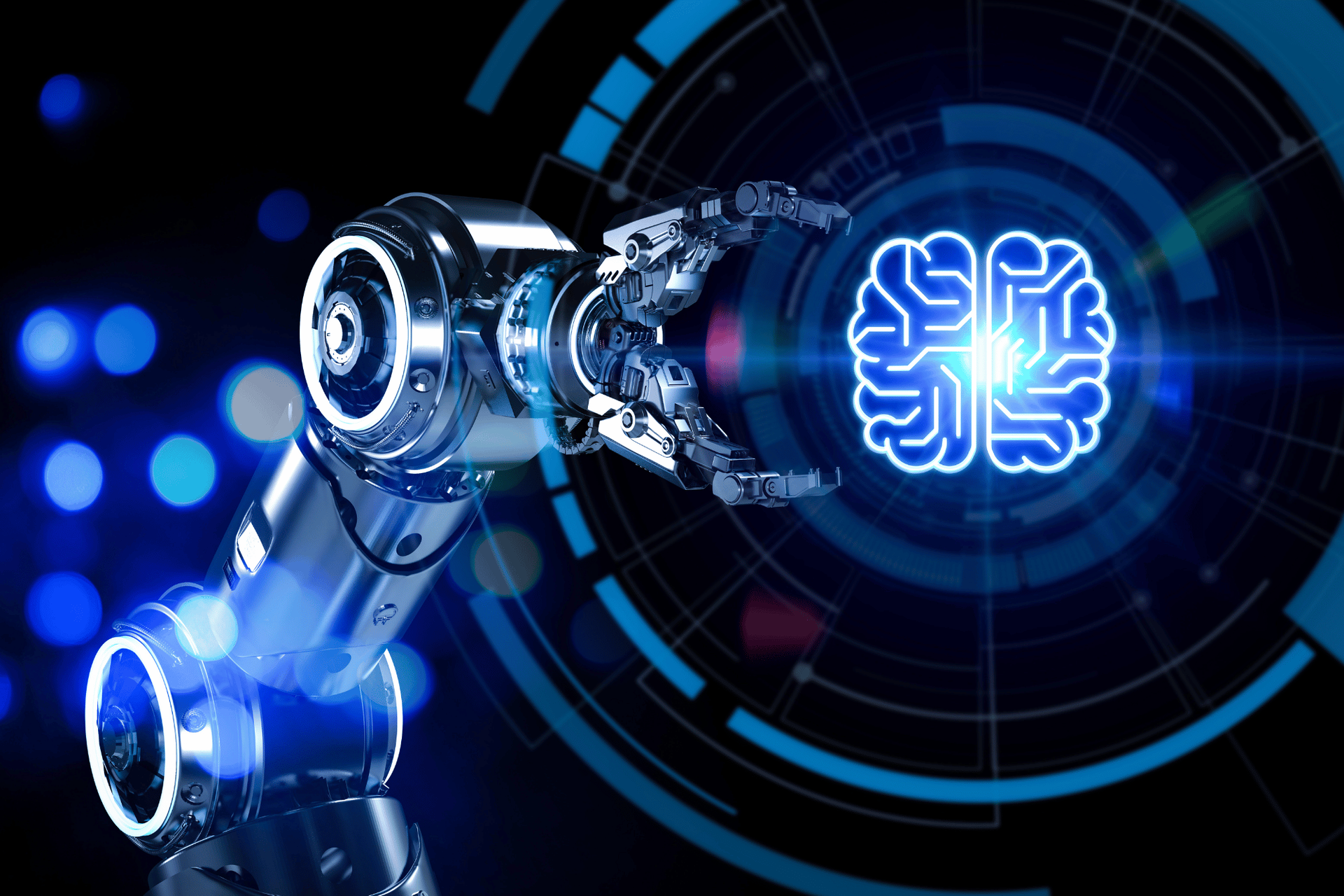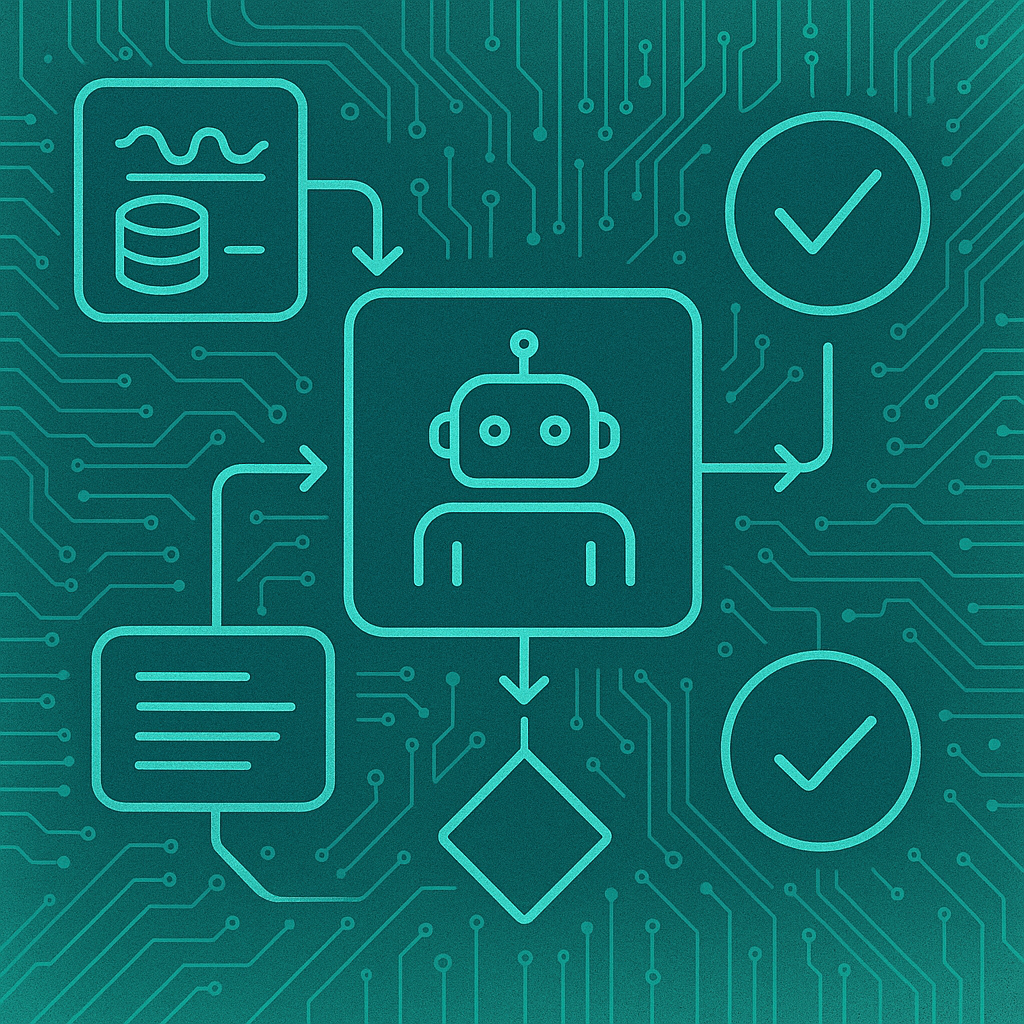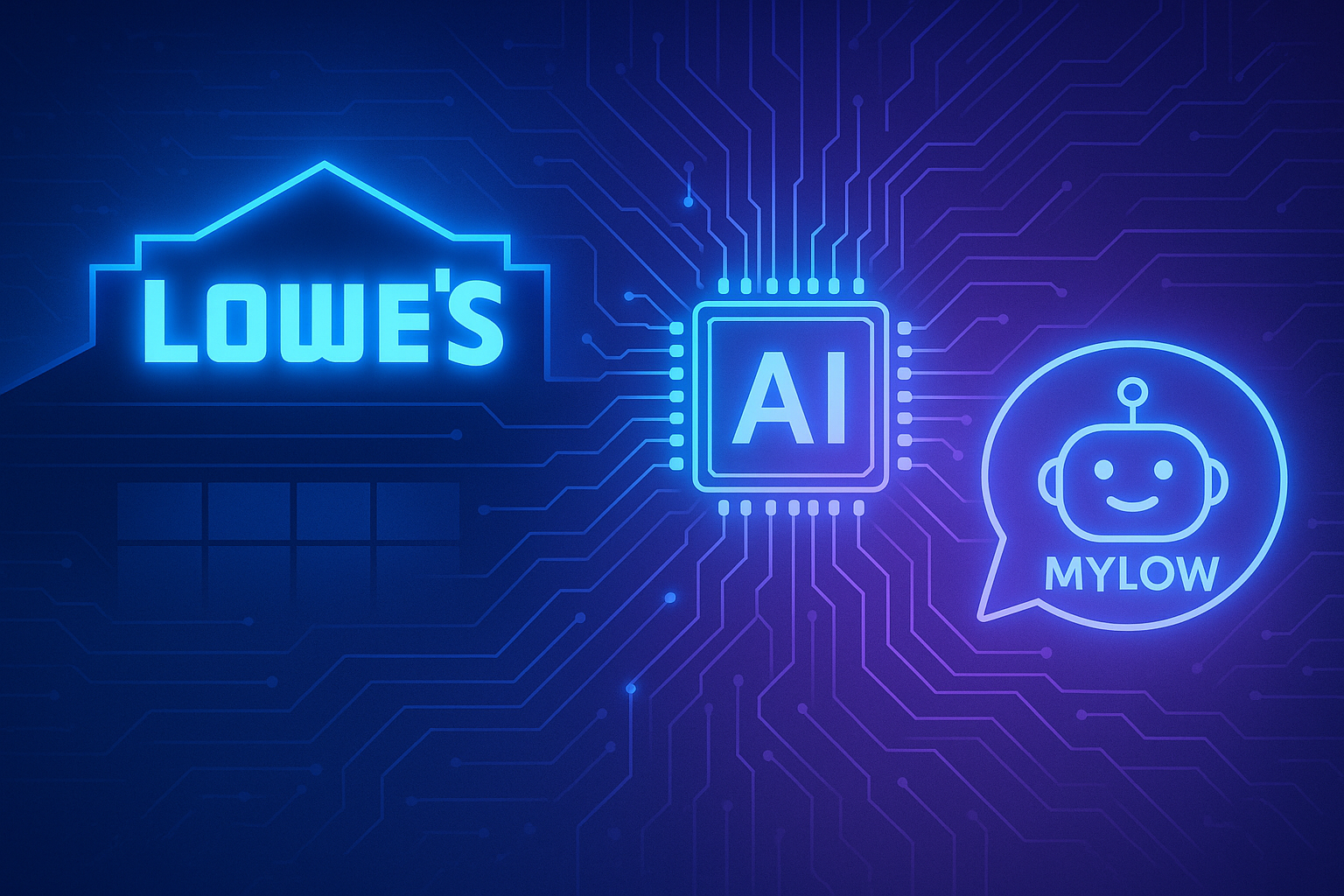By Sherry Bushman
•
April 30, 2025
In our first DataOps post , we explored how AI’s success hinges not just on powerful models, but on the quality, accessibility, and governance of the data that fuels them. And it all starts at the source— Pillar 1: Data Sources . Now, in Pillar 2, we shift focus to the movement of data: how raw inputs from disparate systems are seamlessly ingested, integrated, transformed and made AI-ready. By mastering ingestion and integration, you set the stage for continuous, near–real-time intelligence—no more stale data, no more guesswork, and no more missing records. In this blog we will go over: What data ingestion and integration mean in a DataOps context When ingestion occurs (batch, streaming, micro-batch, API, etc.) How integration differs from ingestion—and how transformation (ETL vs. ELT vs. Reverse ETL) fits in The tools you’ll use for ingestion and integration at scale How to handle structured, unstructured, and vector data A readiness checklist to gauge your ingestion maturity An enterprise case study demonstrating ingestion at scale Why Pillar 2 Matters Ingestion Delivers Fresh, Unified Data: If the data doesn’t flow into your ecosystem frequently enough (or in the right shape), everything else breaks. Poor Ingestion Creates Blind Spots: Stale data leads to flawed analysis, subpar AI models, and questionable business decisions. Integration Makes Data Actionable: Merging data across systems, matching schemas, and aligning business logic paves the way for advanced analytics and AI. Acceleration from Pillar 1 : Once you know where your data resides (Pillar 1), you must continuously move it into your analytics environment so it’s always up to date What “Data Ingestion” and “Integration” Mean in a DataOps Context Data Ingestion Ingestion is how you bring raw data into your ecosystem from databases, APIs, cloud storage, event streams, or IoT devices. It focuses on: Automation: Minimizing or removing manual intervention Scalability: Handling growing volume and velocity of data Flexibility: Supporting batch, streaming, micro-batch, and file-based methods Data Integration Integration is the broader stitching together of data for consistency and usability: Aligns schemas Resolves conflicts and consolidates duplicates Standardizes formats Ensures data is synchronized across systems Integration typically includes transformation tasks (cleaning, enriching, merging) so data can be confidently shared with BI tools, AI pipelines, or downstream services. Is Transformation the Same as Integration? Not exactly. Transformation is a subset of integration. Integration is about combining data across systems and ensuring it lines up. Transformation is about cleaning, reshaping, and enriching that data. Often, you’ll see them happen together as part of an integrated pipeline Ingestion Models & Tools Below are the most common ingestion models. Remember: ingestion is about how data gets into your environment; it precedes deeper transformations (like ETL or ELT). Batch Ingestion Definition: Scheduled jobs that move data in bulk (e.g., nightly exports) When to Use: ERP data refreshes, daily or weekly updates, curated BI layers Tools: Talend Informatica Azure Data Factory AWS Glue dbt (for post-load transformation) Google BigQuery Data Transfer Service Snowflake: COPY INTO (bulk loading from cloud storage into Snowflake) Matillion (cloud-native ETL specifically for Snowflake) Hevo Data (batch ingestion into Snowflake) Estuary Flow (supports batch loading into Snowflake) Real-Time Streaming Definition: Continuous, event-driven ingestion with millisecond latency When to Use: Fraud detection, real-time dashboards, personalization, log monitoring Tools: Apache: Apache Kafka Apache Flink Apache Pulsar Redpanda AWS Kinesis Azure Event Hubs Google Cloud Pub/Sub StreamSets Databricks Structured Streaming Snowflake: Snowpipe Streaming (native streaming ingestion into Snowflake) Kafka Connector (Kafka integration for Snowflake) Striim (real-time data integration platform for Snowflake) Estuary Flow (real-time CDC and streaming integration with Snowflake) Micro-Batch Ingestion Definition: Frequent, small batches that balance freshness and cost When to Use: Near-real-time analytics, operational dashboards Tools: Snowflake Snowpipe Debezium (Change Data Capture, or CDC) Apache NiFi Snowflake: Streams & Tasks (native micro-batch processing) Estuary Flow (low-latency micro-batch integration) API & SaaS Integrations Definition: Ingesting data via REST, GraphQL, or Webhooks When to Use: Pulling from SaaS apps like Salesforce, Stripe, Marketo Tools: Fivetran Airbyte Workato Tray.io Zapier MuleSoft Anypoint Hevo Data Stitch Segment Airbyte (open-source connectors to Snowflake) Hevo Data (real-time SaaS replication into Snowflake) Estuary Flow (real-time SaaS integration with Snowflake) File Drop & Object Store Ingestion Definition: Ingestion triggered by file uploads to an object store (S3, Azure Blob, Google Cloud Storage) When to Use: Legacy system exports, vendor file drops Tools: Snowflake External Stages Databricks Autoloader AWS Lambda Google Cloud Functions Azure Data Factory Snowflake: Snowpipe (automatic ingestion from object stores into Snowflake) Change Data Capture (CDC) Definition: Real-time capture of insert/update/delete events in operational databases When to Use: Syncing data warehouses with OLTP systems to keep them up to date Tools: Debezium Qlik Replicate AWS DMS Oracle GoldenGate Arcion Estuary Flow (CDC integration with Snowflake support) Orchestration & Workflow Scheduling Definition: Automating ingestion end-to-end, managing dependencies and error handling When to Use: Coordinating multi-step ingestion pipelines, monitoring data freshness, setting SLAs Tools: Apache Airflow Prefect Dagster Luigi Azure Data Factory Pipelines AWS Step Functions Estuary Flow (pipeline orchestration supporting Snowflake ingestion workflows)
